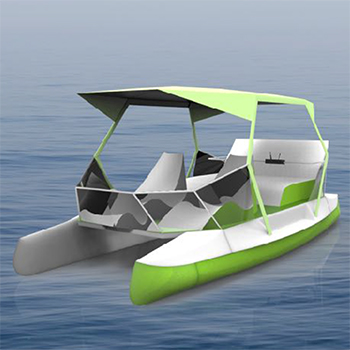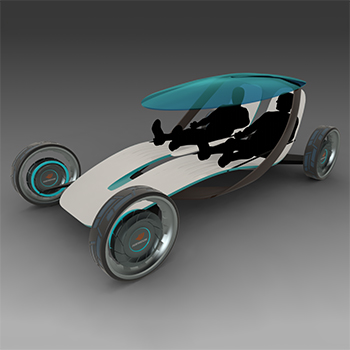Earlier in the 1950s, people were dreaming about the future of flying and self-driving cars that would make transportation fast and safe. Fast forward to 2016, and there is no sight of flying cars; instead, roads are jammed with vehicles emitting harmful gases that are threatening to humans. Technology advancements over the years have reshaped our dreams about the future. Flying cars may take a couple more decades, but the future looks promising, as we are very close to seeing cars that can drive on their own. Technology advancements have proved that machines can be better than humans in certain areas. Which makes us believe that the future of transport is going to be safer with autonomous technology as it helps solve traffic problems, eliminate human errors, and also unlock new possibilities.
With autonomous vehicles on the road, possibilities seem endless. People can indulge in other activities if they are not in charge of the car anymore. Truly enjoying travel doesn’t seem like a dream anymore. All these possibilities change the way cars are going to be treated. This situation throws us a question: how do we treat cars if they are not meant to be driven or partially driven? Automotive industries are very confident about autonomous technology and have already started working towards it.





